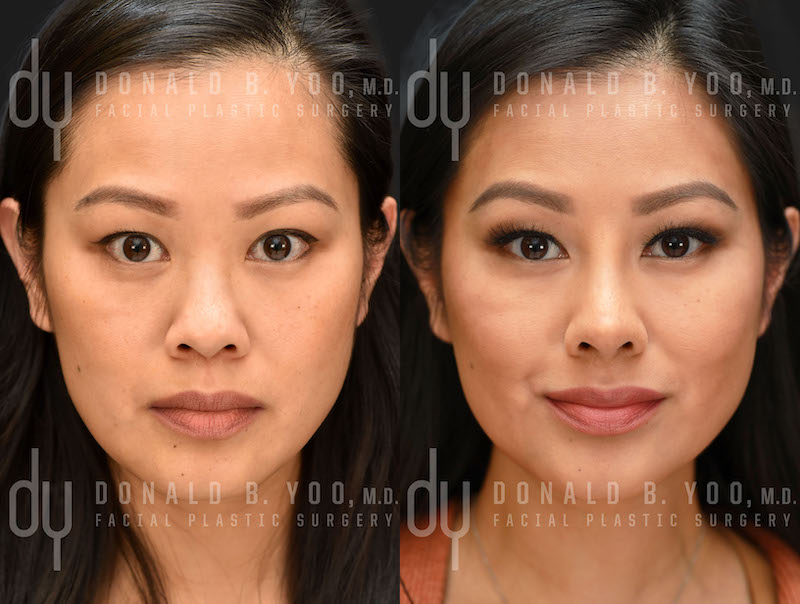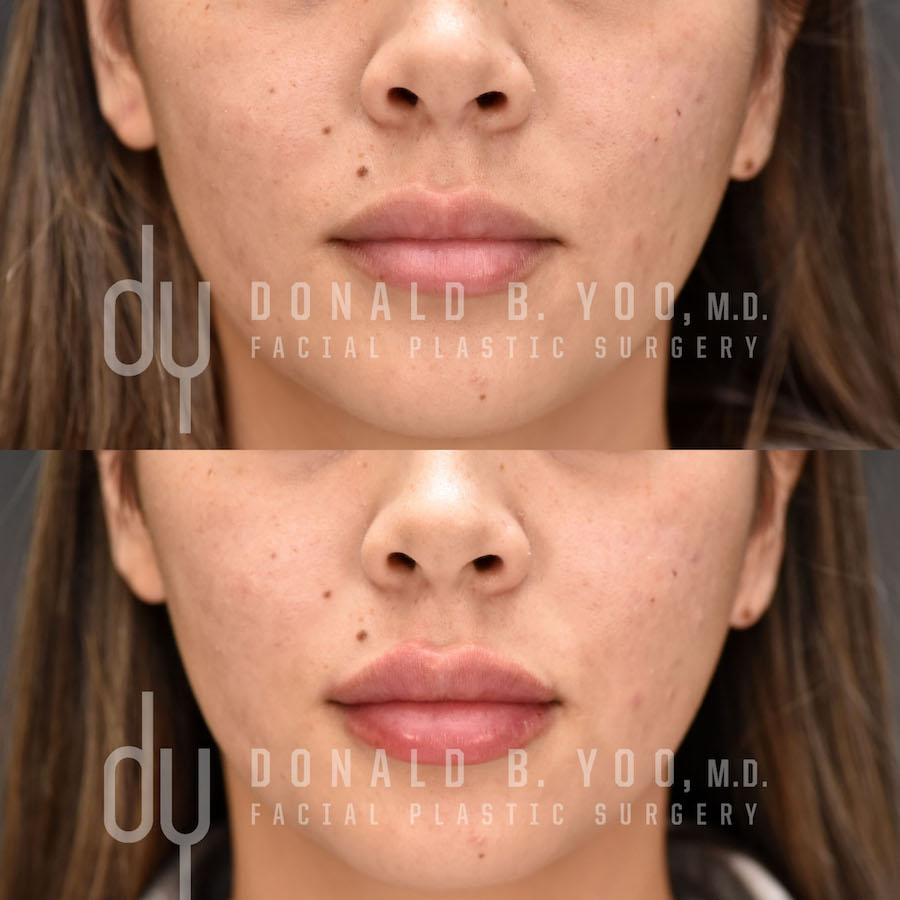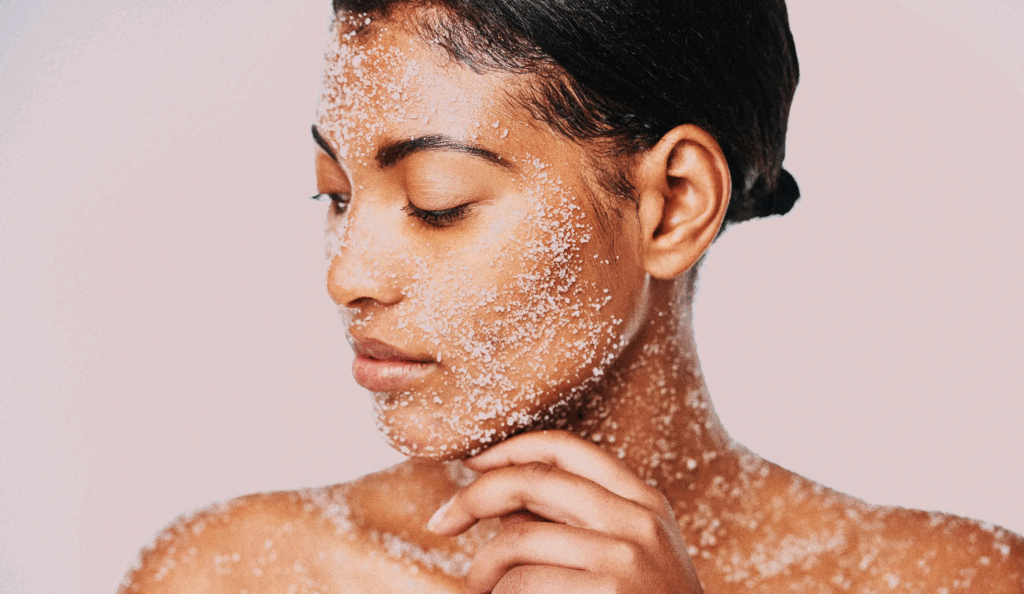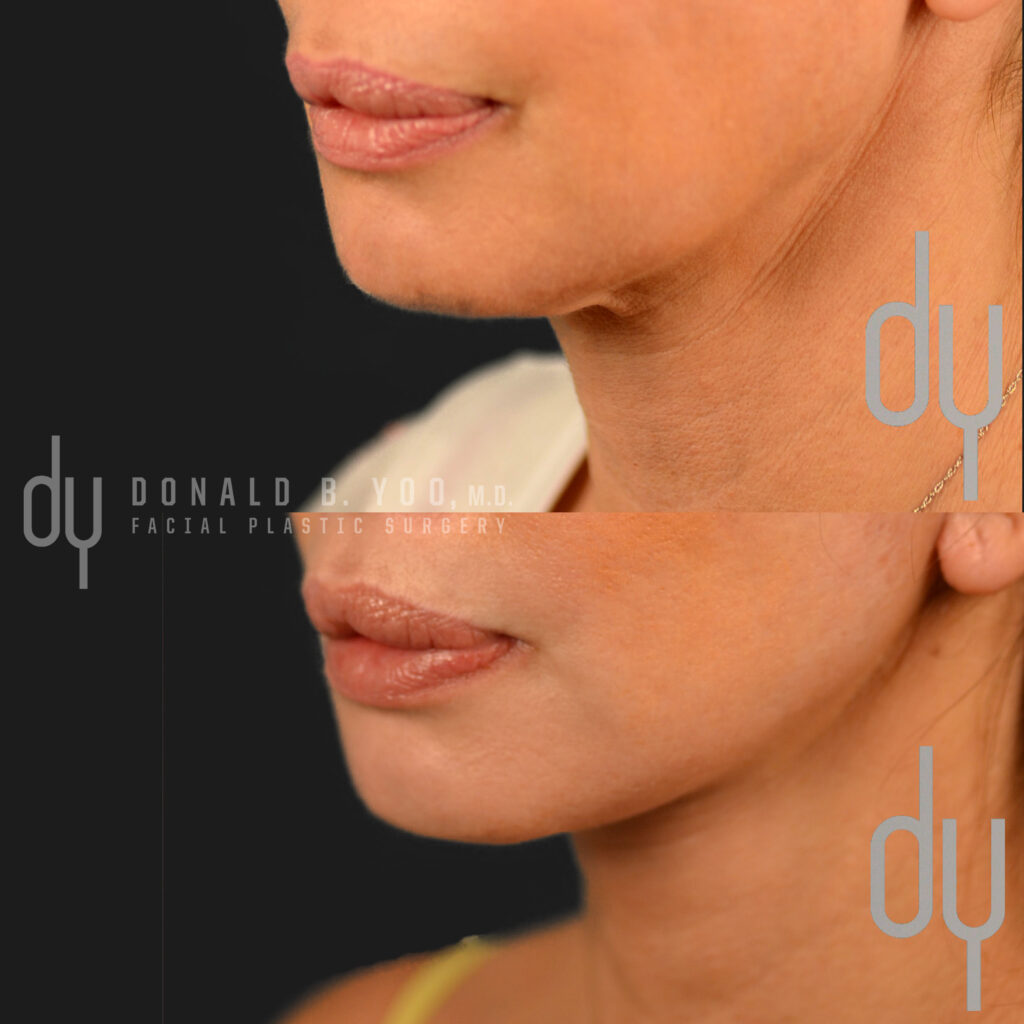Sculptra and Juvelook are in the class of biostimulatory fillers that rely on specific formulations of lactic acid to induce a controlled inflammatory wound-healing response in the skin for the purposes of volume restoration and wrinkle correction.
Lactic acid has chirality and occurs in nature as an enantiomer. For mammals, L-lactate is constantly produced during normal metabolism and exercise, while the D-lactate enantiomer is not naturally found. A racemic mixture of the L and D enantiomers of lactic acid will produce an amorphous solid, while L-lactic acid alone will exist as a crystalline solid at room temperature. Scultpra (PLLA) is composed of only the L-lactic acid, while Juvelook (PDLLA) is a racemic mixture of the D and L lactic acids.
As a crystalline, linear, linear polymer of the L-enantiomer of lactic acid, Scupltra takes longer for the body to hydrolyze and metabolize vs the amorphous solid that the racemic mixture of Juvelook is composed of. This is not to say one is superior to the other, but it’s certainly important for the healthcare provider to note the subtleties between the two biostimulators to provide the optimal treatment plan for their patients. Faster metabolism suggests a quicker time to biostimulation and ultimately volume restoration and visible aesthetic results, though it also implies a shorter overall duration of those results.
Both Sculptra and Juvelook work on a histological level to promote a controlled inflammatory response to initiate a foreign body response that recruits macrophages to surround the PLLA and PDLLA microspheres to form giant cells. This incites the wound healing cascade to deposit new collagen and elastic connections in the spaces between these particles and subsequent giant cells. Even, uniform spread of the microspheres within the correct anatomic tissue planes ensures the safest and most precise volume restoration. Improper reconstitution, storage and most importantly injection techniques, will lead to clumps of PLLA/PDLLA deposits within the tissue, with the resultant risk of nodule and granuloma formation.
Particle size then become an important distinction between Sculptra and Juvelook. Juvelook has a distinctly smaller particle size (~10-40 um) compared to Sculptra (~40-63 um) indicating the possibility of greater uniformity in tissue distribution after injection. Add in the fact that Juvelook typically has an amorphous structure of D- and L-lactic acid copolymer versus the crystalline structure L-enantiomer structure of Sculptra, and it may suggest an advantage in ease of injection for the smaller particle size, amorphous biostimulator. Even spacing between microsphere particles ensures even dosing of biostimulatory material and optimizes the uniformity of collagen synthesis and deposition.
Likely a layered approach using PLLA and PDLLA in a complementary fashion will represent the next stage of this group of biostimulators in aesthetic medicine. Due to its chemical composition PDLLA likely allows for safer superficial skin injections to boost the skin volume, while its duration and overall biostimulatory properties likely lag slightly behind PLLA which allows for a greater degree of volume restoration over a longer duration.
References
Sculptra/PLLA:
- Narins et al., Dermatol Surg: Long-term efficacy of PLLA in nasolabial folds
- Goldberg et al., J Drugs Dermatol: Volumetric assessment and collagen response
- Palm et al., JAMA Facial Plast Surg: Imaging-based volumetric gains and safety
Juvelook/PDLLA:
- Kim H et al., J Cosmet Dermatol: Clinical efficacy and histologic effects of PDLLA + HA
- Lee YJ et al., Skin Res Technol, 2023: Elastin synthesis following PDLLA-based dermal boosters
- Lee et al., Ann Dermatol, 2022: Use of PDLLA in periorbital skin rejuvenation






 Contact Us
Contact Us